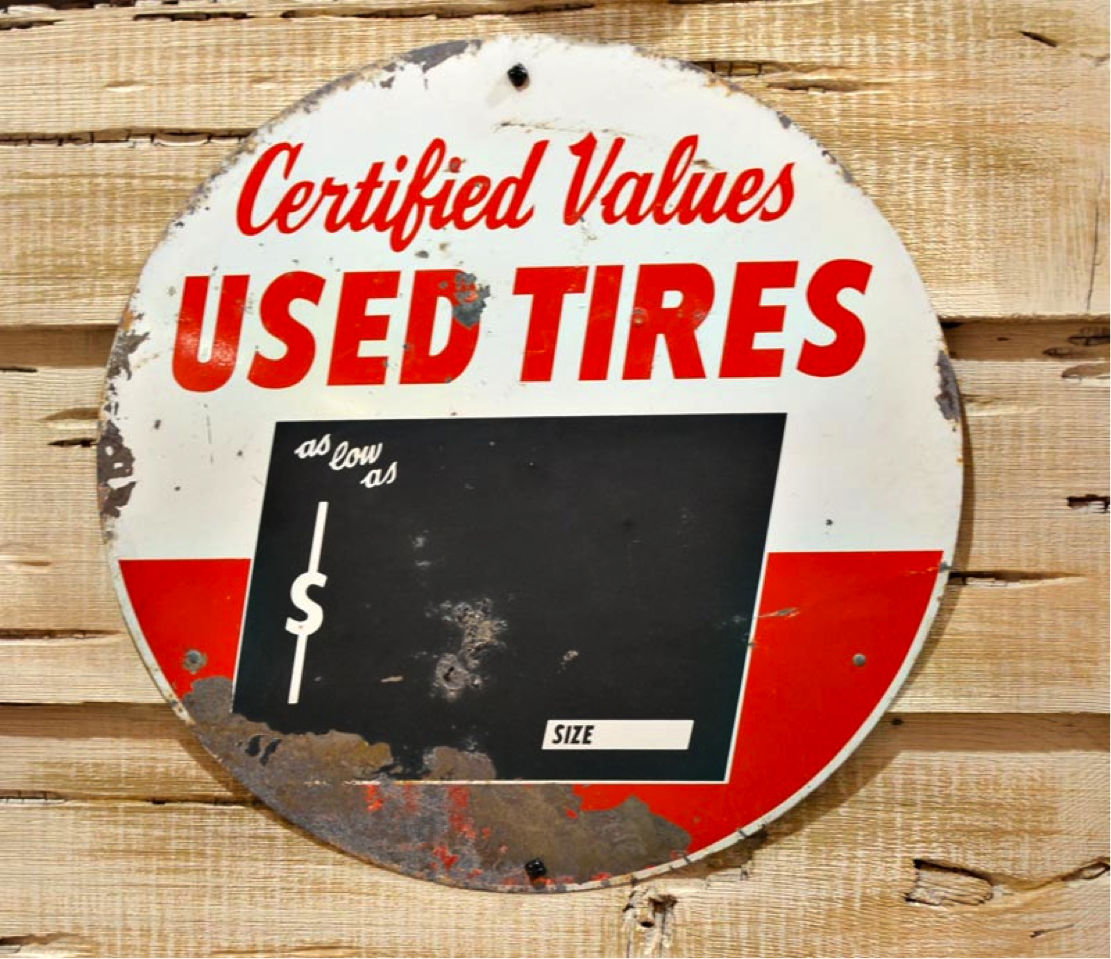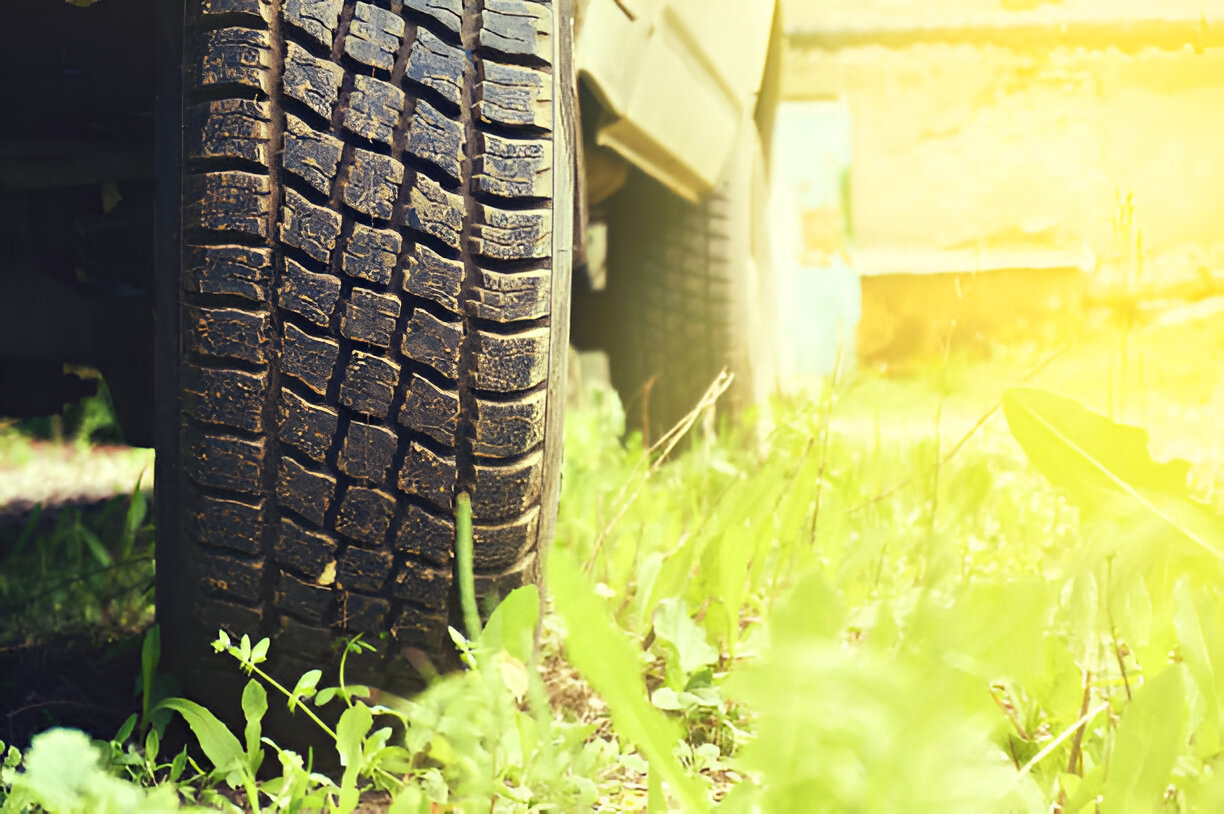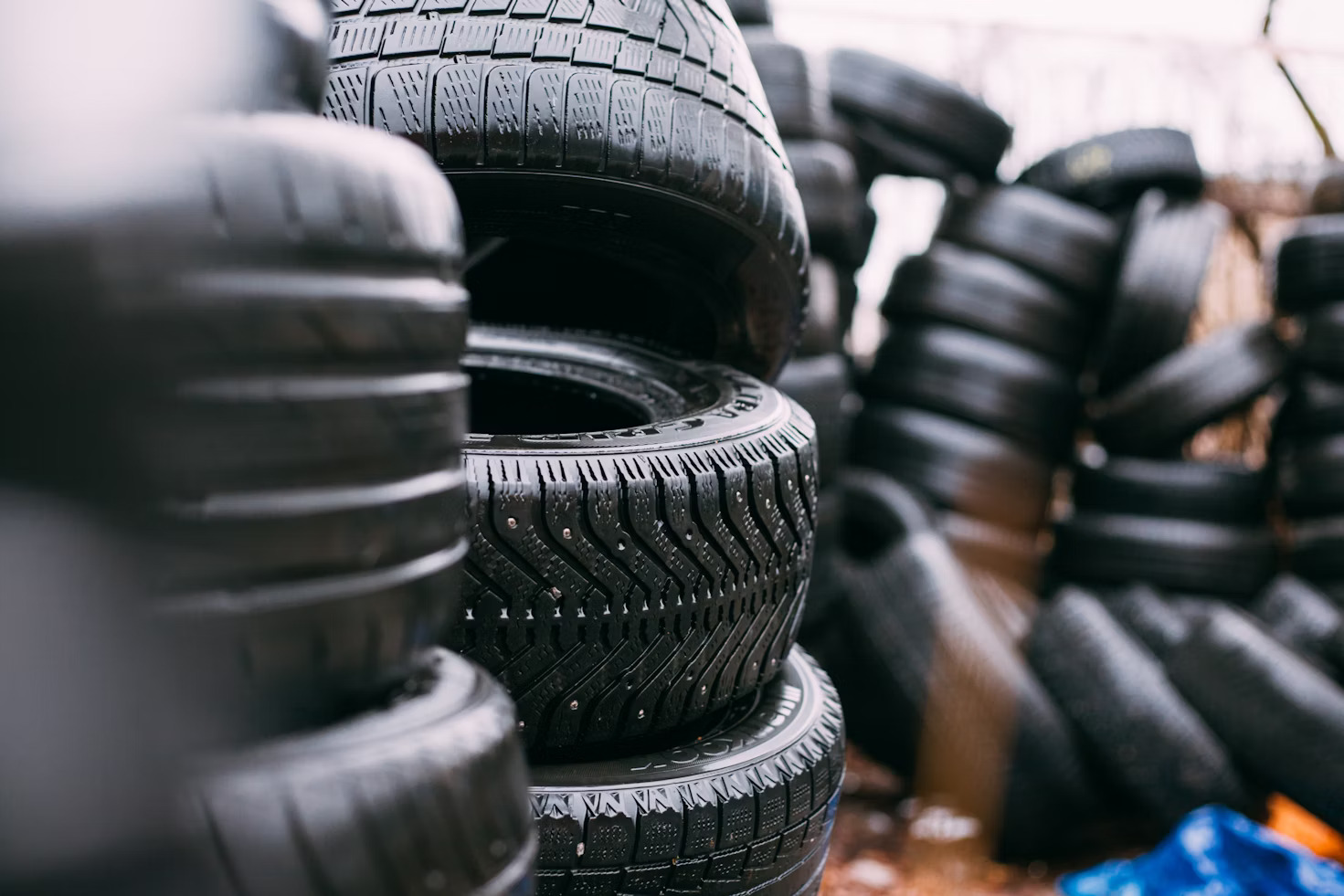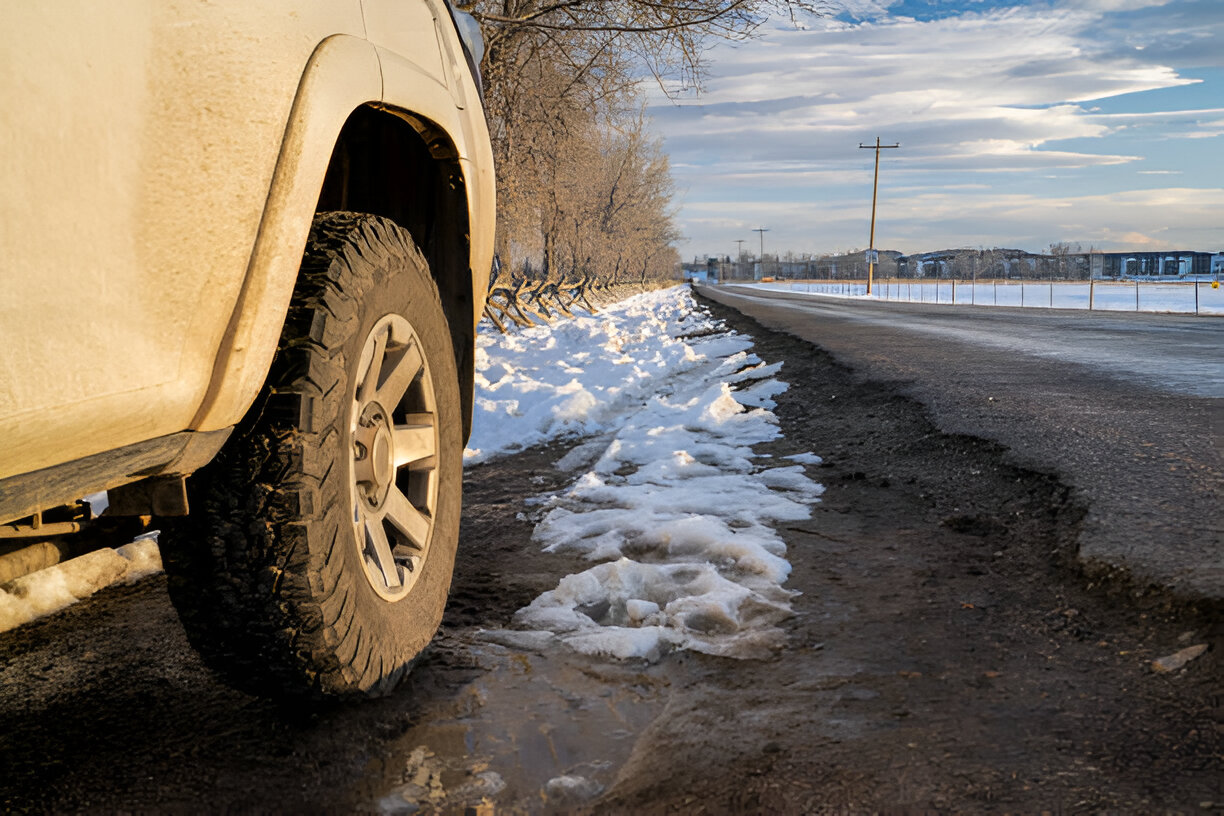Last Updated on January 12, 2025
Exploring the Pros and Cons of New and Used Tires
According to some estimates, nearly 10% of all tires sold in the USA are used tires. Is it safe to put them on your car or truck? Not according to Consumer Reports. After researching the issue, Consumer Reports declared in April 2013 that purchasing used tires for your vehicle is “never a good idea.”
Putting used tires on your vehicle is a version of Russian Roulette. Researchers find worn-out and seriously damaged tires for sale at used tire shops. It can be challenging for the everyday consumer to see the signs of damage and difficult for even a trained tire expert to see indications of internal damage.
When it’s time to replace your vehicle’s tires, you face a significant decision: Do you go for brand-new tires or consider the budget-friendly option of used ones? Both choices have pros and cons, and making the right decision depends on various factors, including your priorities, budget, and driving habits.
Choosing between new and used tires can be a tough decision. Let’s explore the differences between new and used tires and determine which option suits you best.
Used Cars Typically Come with Used Tires
It is true that when you buy a used car, you accept its used tires. There is no guarantee that the tires on your used car were cared for correctly or that there is no internal damage from a road hazard incident.
However, when you purchase a used car, you have the advantage of at least meeting the seller and checking the vehicle to see how well it was cared for. That might give you an idea about the tires. Be careful because people sometimes install used car tires for a quick sale. When buying from a dealership, it should be a dealership that you trust.
Most of the tires sold at used tire shops are provided by companies that collect discarded tires and sell them in bulk to used tire vendors. The Rubber Manufacturers Association (RMA) reports that at least one firm sells 6 million used tires nationwide annually, all culled from discarded tires. That company pulls aside the tires that show no obvious visible defects and tests them to ensure they can still hold air. They verify that a legal amount of tread remains, and they clean the tires.
Sometimes, reclaimed tires are painted black so they appear new.
New Tires vs. Used Tires: A Comprehensive Comparison
When it comes to replacing your vehicle’s tires, you’re faced with a choice: new or used? Each option comes with its own set of advantages and disadvantages. Let’s dive into a comprehensive comparison of new and used tires to help you make an informed decision.
1. Tire Tread Depth
- New Tires: New tires come with full tread depth, providing optimal traction on the road. This means better grip in wet and snowy conditions, reducing the risk of hydroplaning and accidents.
- Used Tires: Used tires may have reduced tread depth, impacting their performance in adverse weather conditions. It’s essential to inspect the tread depth when considering used tires.
2. Safety
- New Tires: New tires are manufactured to meet current safety standards, ensuring top-notch performance in terms of braking, handling, and stability. They often come with warranties for added peace of mind.
- Used Tires: The safety of used tires depends on their condition and history. At the same time, they can be safe when in good shape; there’s uncertainty regarding their previous usage and maintenance.
3. Longevity
- New Tires: New tires typically have a longer lifespan than used ones. This means you’ll need to replace them less frequently, potentially saving you money in the long run.
- Used Tires: Used tires may have already endured significant wear and tear, which can reduce their overall longevity. You might find yourself replacing them sooner than expected.
4. Cost
- New Tires: New tires often come with a higher upfront cost, but they can offer better value over time due to their longer lifespan and enhanced safety.
- Used Tires: Used tires are generally more budget-friendly initially, making them attractive for those looking to save money upfront.
Choosing between new and used tires ultimately comes down to your priorities, budget, and the condition of the tires in question. While used tires can be a cost-effective solution, new tires offer safety, longevity, and overall performance advantages.
To make the right choice for your vehicle, consider your needs and weigh the pros and cons carefully. Whether you opt for new or used tires, Tires Easy offers a wide selection to suit your preferences. Make your choice today and drive with confidence on the road.
Conclusion
Regarding tires, the choice between new and used can impact your safety and your budget. While used tires may seem more affordable initially, the benefits of new tires in terms of safety, longevity, and performance often outweigh the cost difference. At Tires Easy, we offer many new tires to suit various budgets and vehicle types. Make the safer and more economical choice today!
Explore our selection of new tires at Tires Easy and confidently invest in your safety and savings!
FAQs
Are used tires a good option?
Used tires can be cost-effective, but they come with certain risks. The quality and safety of used tires depend on their condition and history. It’s crucial to thoroughly inspect them and consider factors like tread depth and any signs of wear or damage.
Why choose new tires overused ones?
New tires offer several advantages, including better safety, longer lifespan, and enhanced performance. They come with warranties and are manufactured to meet current safety standards. While they may have a higher upfront cost, they provide peace of mind and better value in the long run.
Can you save money by buying new tires?
Absolutely. While new tires may have a higher initial cost, they typically last longer and perform better, making them a cost-effective investment in the long term. They also come with warranties that can provide additional savings.
What are the benefits of new tires?
New tires offer several benefits, including improved safety, performance, longer lifespan, and fuel efficiency. They typically come with warranties that cover defects and premature wear, providing additional peace of mind. Investing in new tires can contribute to a smoother and more enjoyable driving experience while ensuring your safety on the road.
Are old tires beneficial or harmful?
Old tires can be both beneficial and harmful. If properly maintained and in good condition, they can still provide service. However, old tires with significant wear, dry rot, or other issues can be dangerous. It’s crucial to regularly inspect old tires and replace them when they no longer meet safety standards.
Do I need new tires?
The need for new tires depends on the condition of your current tires. If your tires are significantly worn, damaged, or have reached the end of their lifespan, it’s time to consider replacing them. New tires offer improved safety, performance, and longevity, making them a worthwhile investment.
-
Automotive Specialist
-
Proofreader
-
Writer










 English
English Français
Français Español
Español